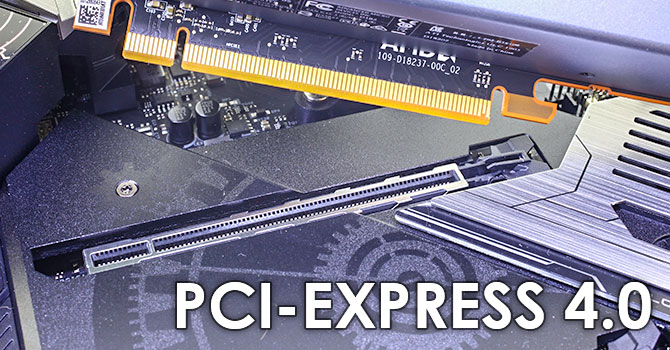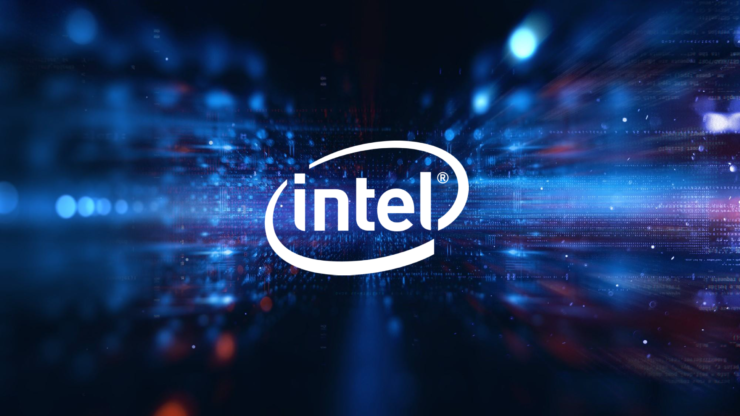jimmysmitty
Champion
Oh, I believe it works and will ship... in servers. We don't yet have any info on when/if it will hit desktops.
So, you're arguing that people should hold off on PCIe 4.0, since you expect 5.0 won't be far off?
I think this is irresponsible advice, since PCIe is much more technically demanding (i.e. doubles frequencies to near theoretical limits) and we have not seen any consumer product roadmaps that include it. You don't actually know if/when it's coming.
Your position falls dangerously close to FUD.
Besides, DDR5 is a lot closer than PCIe 5.0, but you don't tell people not to buy DDR4-based systems, eh?
IMO, this is the reason people might want to hold off PCIe 4.0. They don't need it. On the other hand, they probably don't need an 8-core CPU or NVMe storage, either.
Not my point at all actually. I don't think people should hold off just that depending on how fast it gets here PCIe 4.0 might not be a major thing, much like how SATAExpress was basically dead in the water since NVMe came out around the same time and was vastly faster and better since it was designed for SSDs specifically.
Lets look at PCIe 4.0. It was finalized and released in October of 2017. Then in June 2019 we had its first official mainstream launch Zen 2). Thats 20 months from finalizing to launch. If PCIe 5.0 follows suit, I am not saying it will but if it does, we could see a mainstream product with it in January of 2021. It could even come faster. Intel might pick it up to have a one up on AMD for whatever they launch in 2021 or AMD might move to it with a new socket since AM4 is supported till 2020.
Thats all I am saying. I never tell people not to buy because no matter when you do in less than a year something better comes out. But PCIe 5.0 was finalized before the first PCIe 4.0 product came out which almost makes it a moot interface like SATAExpress.



